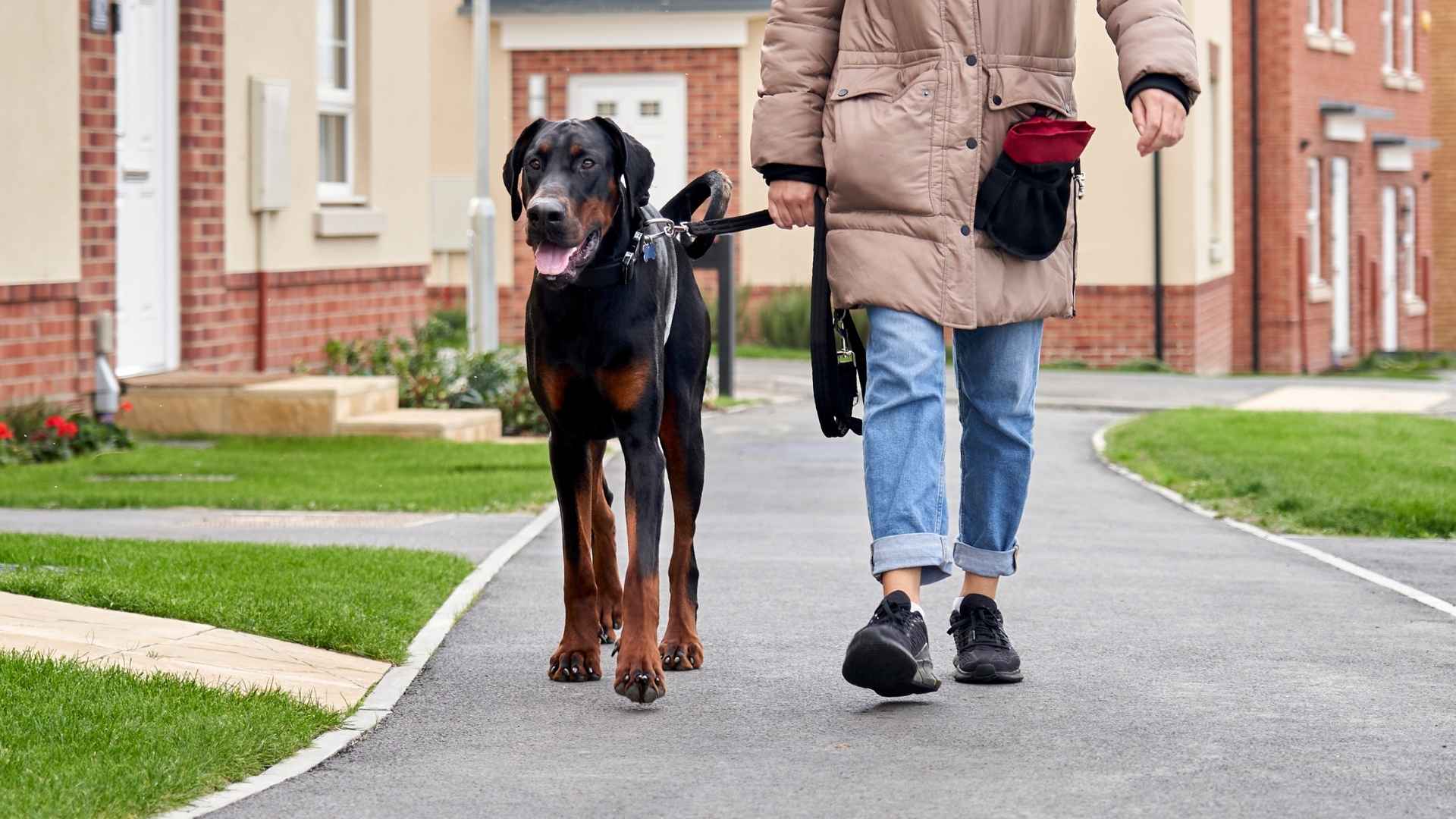Whether you’re looking to keep your home safe or simply want a dog that will always have your back, a protective breed might be the perfect fit. These dogs are known for their loyalty, alertness, and instinct to defend their families when necessary. While some breeds were developed specifically for guarding livestock or property, others protect by nature—using their strength, intelligence, or presence to deter threats.
Protective doesn’t always mean aggressive. The best guardians are calm, confident, and capable of making decisions when the moment calls for it. With proper training and early socialization, many of these dogs make devoted family members while still serving as reliable protectors.
In this article, we’ll explore 10 highly protective dog breeds, covering what makes them natural defenders, what kind of lifestyle they need, and why they might be a perfect match for the right owner.
Highly Protective Dog Breeds
1. Belgian Malinois
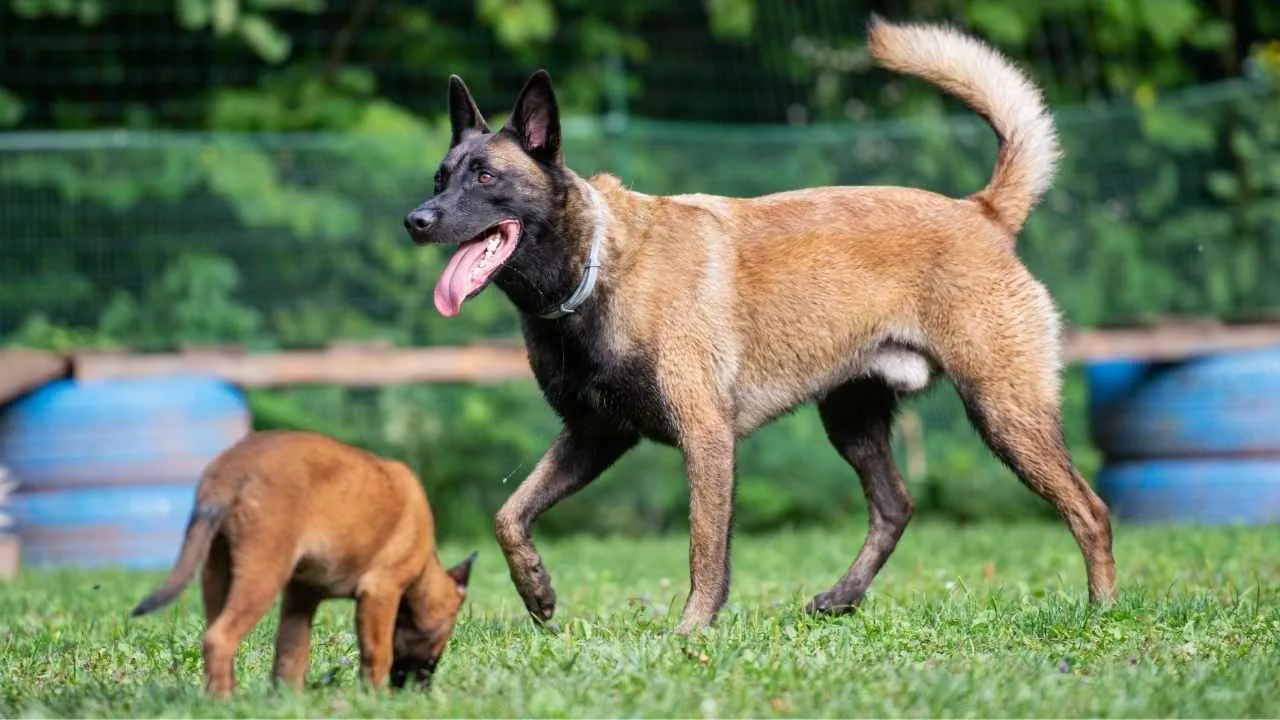
Originally bred as herding dogs in Belgium, Belgian Malinois are now elite working dogs used in military and police forces worldwide. Their intelligence, agility, and laser-sharp focus make them exceptional in protection roles.
These dogs are fast learners and crave structured training. They respond best to experienced handlers who can keep them mentally and physically challenged. Without this, they may develop behavioral issues due to boredom or a lack of direction.
Malinois are highly alert and aware of their environment. They can distinguish between real and perceived threats and are quick to respond when they sense danger. With family, they’re loyal and affectionate—but always on standby.
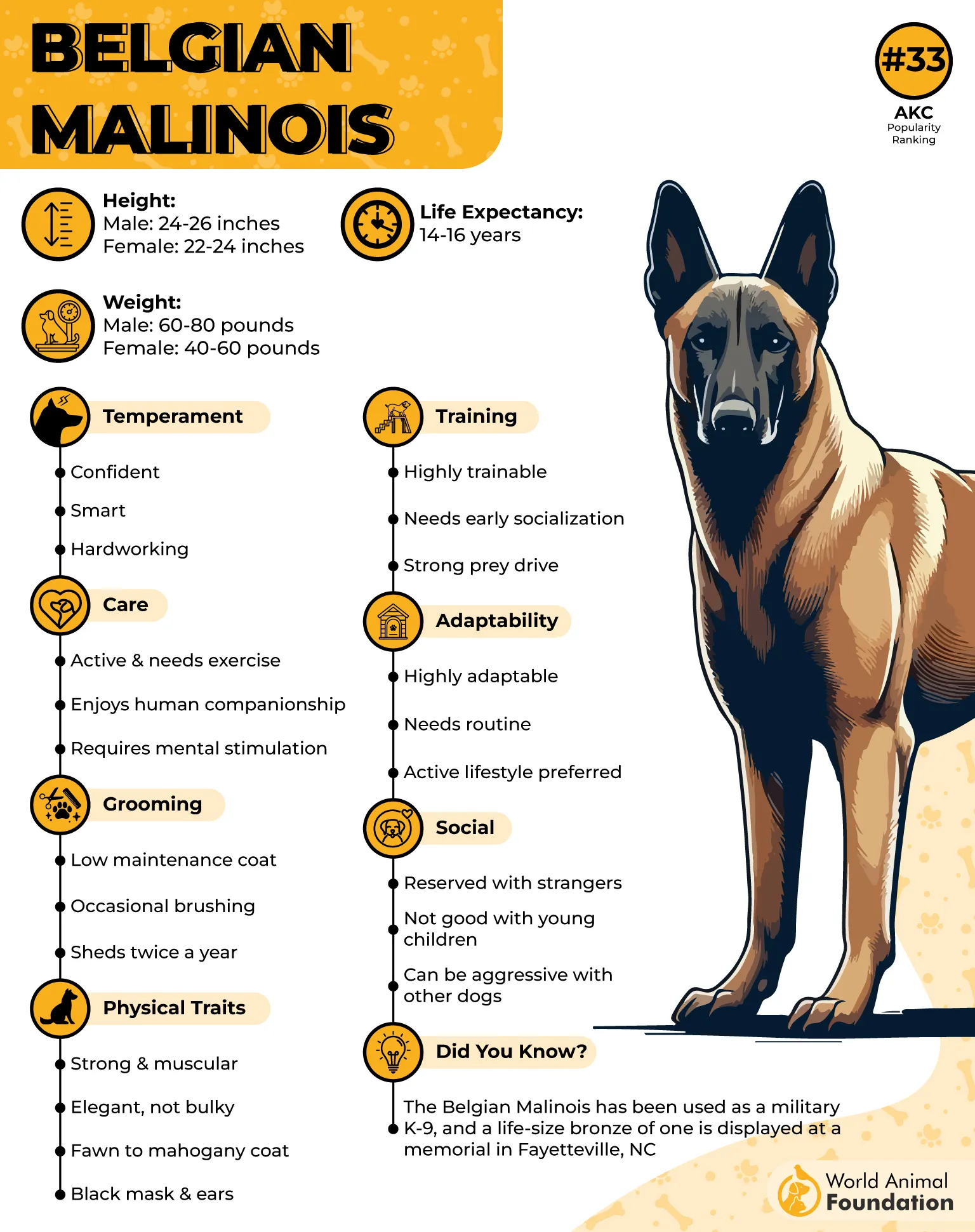
Because of their protective instincts, early socialization is essential. It helps them stay confident without becoming overly suspicious of strangers or other animals. Proper exercise and purpose-driven activities are key to their balance.
Fun Fact:
A Belgian Malinois named Conan assisted U.S. Special Forces during the raid that led to the death of ISIS leader Abu Bakr al-Baghdadi.
2. German Shepherd
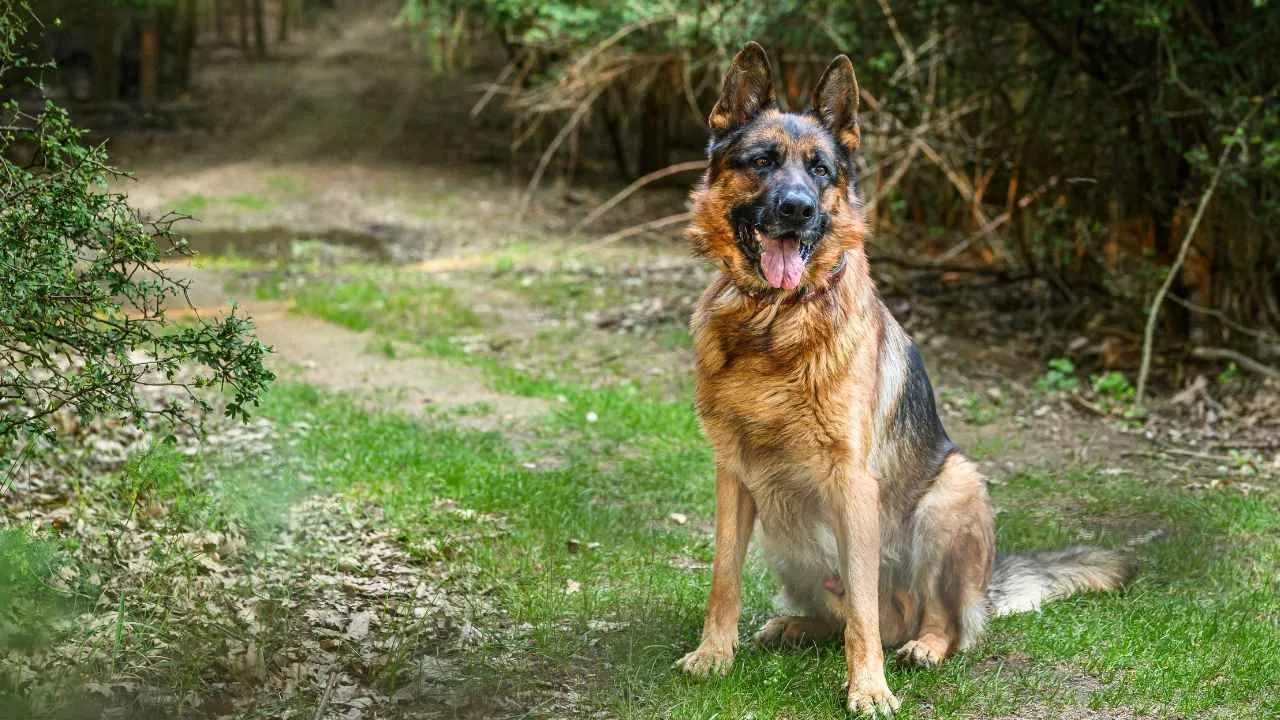
Few breeds are as iconic in protective roles as the German Shepherd. Known for their loyalty and intelligence, they’re widely used in police K9 units, military work, and as service animals.
German Shepherds are naturally wary of strangers but affectionate with their families. They are deeply bonded to their owners and often act as silent shadows—always close, always alert. Their size and bark alone make them effective deterrents.
According to the AKC, these dogs excel in obedience training and love having a job. They’re eager to learn and quick to master commands, which makes them ideal for everything from home protection to search-and-rescue.
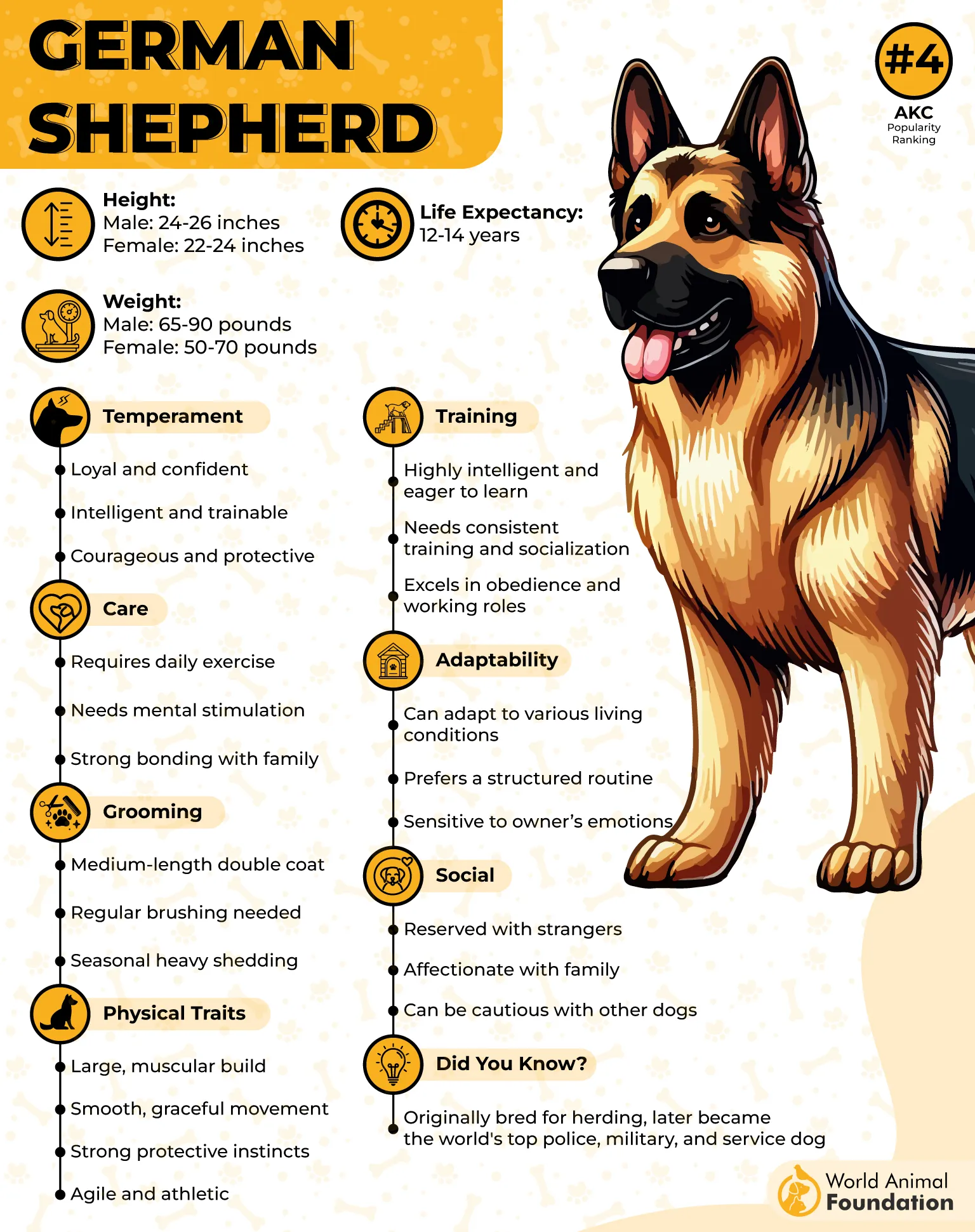
They need regular physical and mental exercise. Without stimulation, they may become restless or anxious. A well-trained German Shepherd is confident, reliable, and calm under pressure.
Fun Fact:
German Shepherds were among the first dogs trained for military service in World War I, used to carry messages and assist medics.
3. Rottweiler
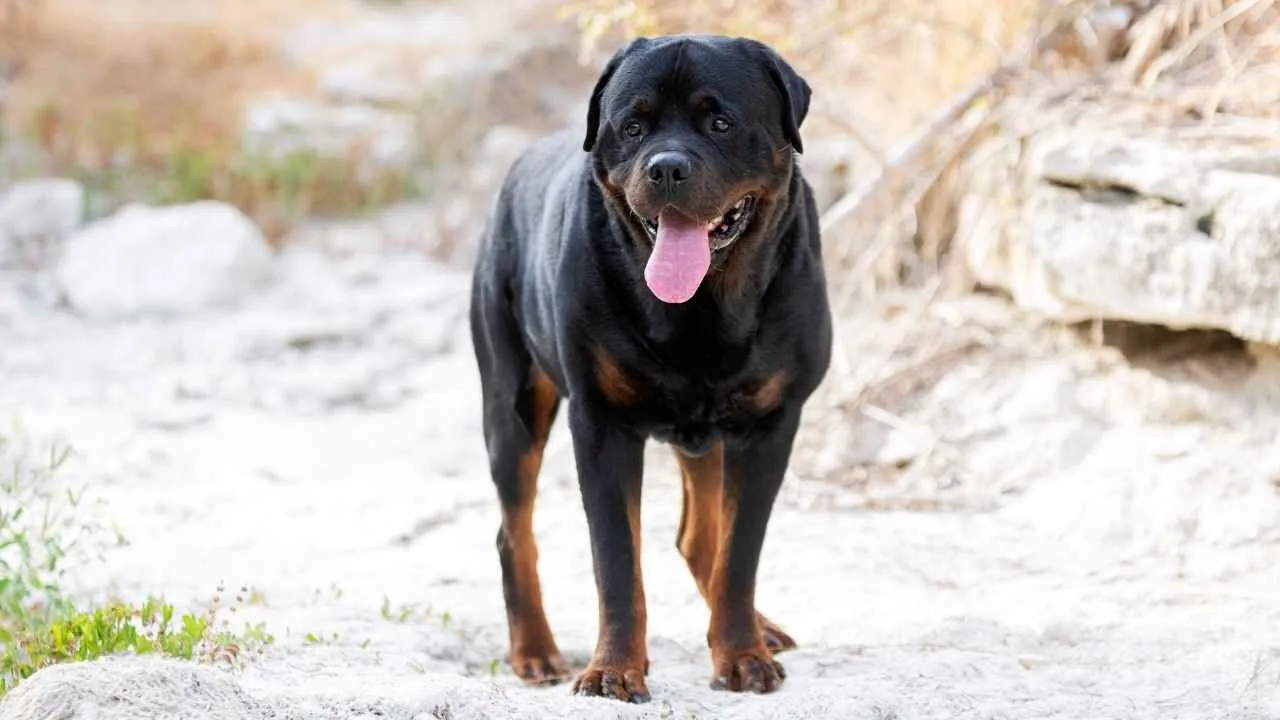
Rottweilers are one of the oldest working breeds, originally developed to drive cattle and guard property in ancient Rome. Today, they’re known for their strength, loyalty, and calm confidence.
Rotties are naturally protective of their home and family. They’re not quick to bark, but when they do, it’s for a reason. Their quiet presence and muscular build make them serious deterrents.
Proper training and socialization are essential with this breed. While they are affectionate and even goofy with their people, they can become territorial or overprotective without clear boundaries.
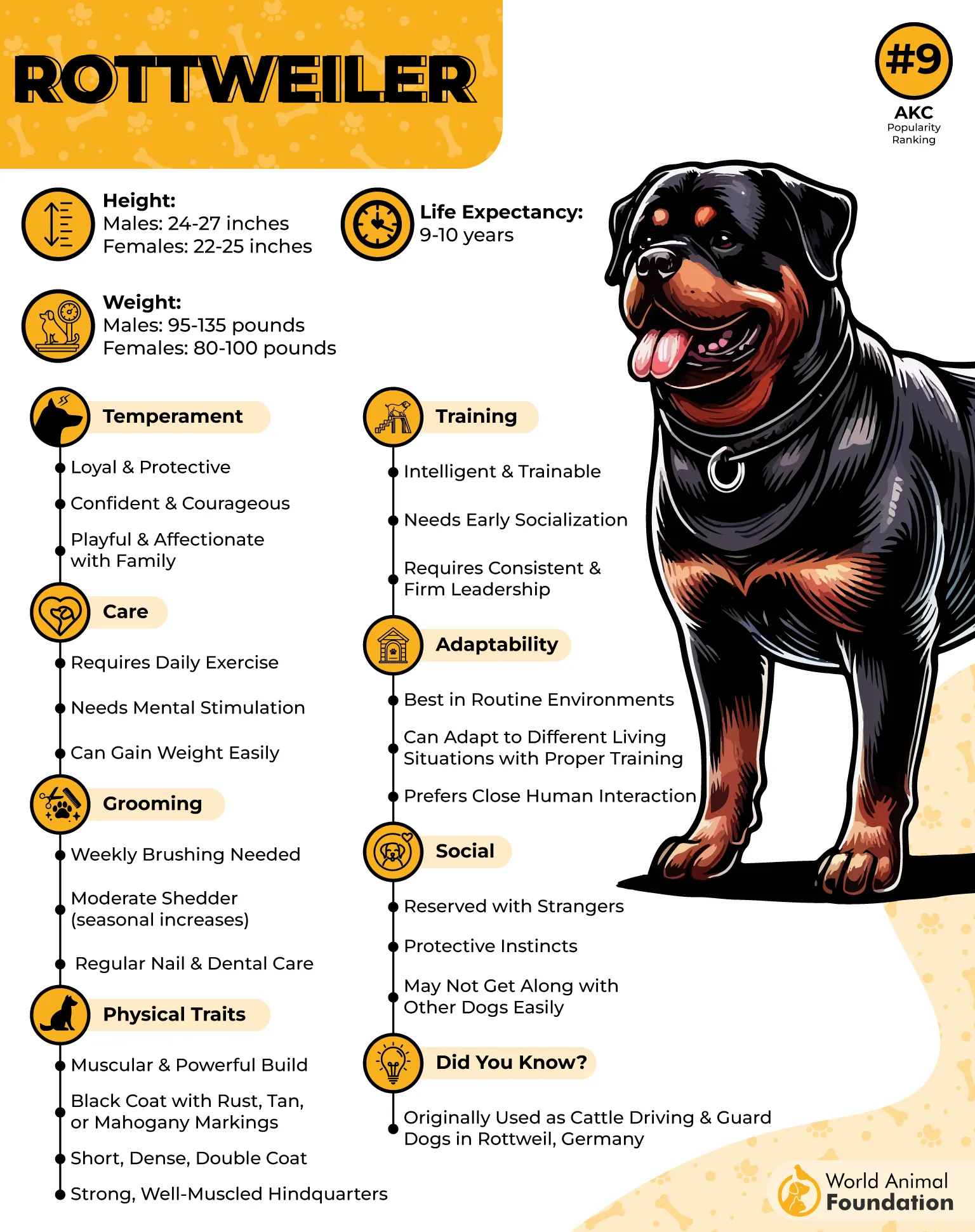
They are highly intelligent and trainable, responding well to firm but positive guidance. Rottweilers excel in obedience, protection sports, and even therapy work when raised with balance.

Fun Fact:
In Germany, Rottweilers must pass a temperament test and be registered before being bred—ensuring only the most stable dogs are part of the bloodline.
4. Doberman Pinscher
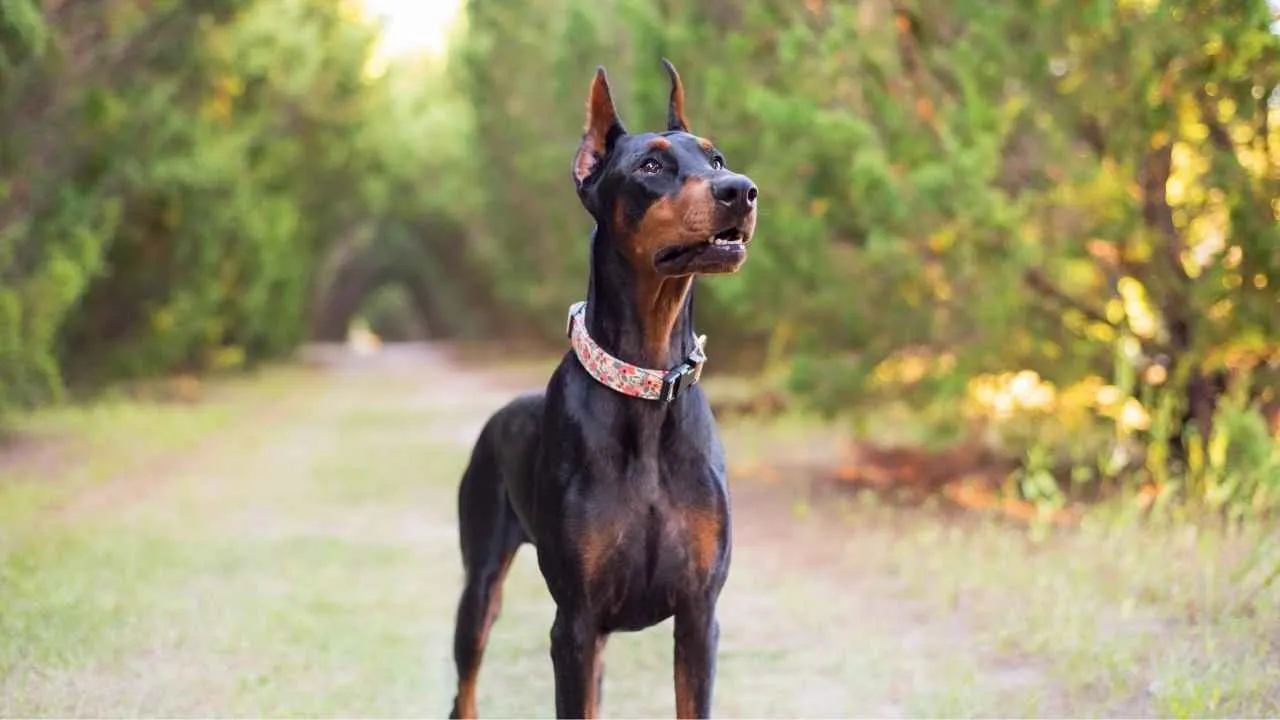
The sleek, muscular Doberman Pinscher was developed by a German tax collector in the late 1800s who wanted a loyal protector. That heritage remains strong today—Dobies are fast, watchful, and fearless.
They’re often used in protection work due to their speed, intelligence, and natural guarding instinct. Dobermans tend to stay quiet until a real threat appears and don’t bark unnecessarily.
Britannica states that these dogs are affectionate and deeply bonded with their families. They’re playful and obedient with those they trust, making them both protectors and companions.

Training should be firm but fair. They’re highly responsive to commands and excel in advanced obedience and dog sports. Socialization from an early age ensures their confidence stays balanced.
Fun Fact:
Dobermans are one of the only breeds specifically created for personal protection and are often referred to as “velcro dogs” because of how closely they stick to their people.
5. Bullmastiff
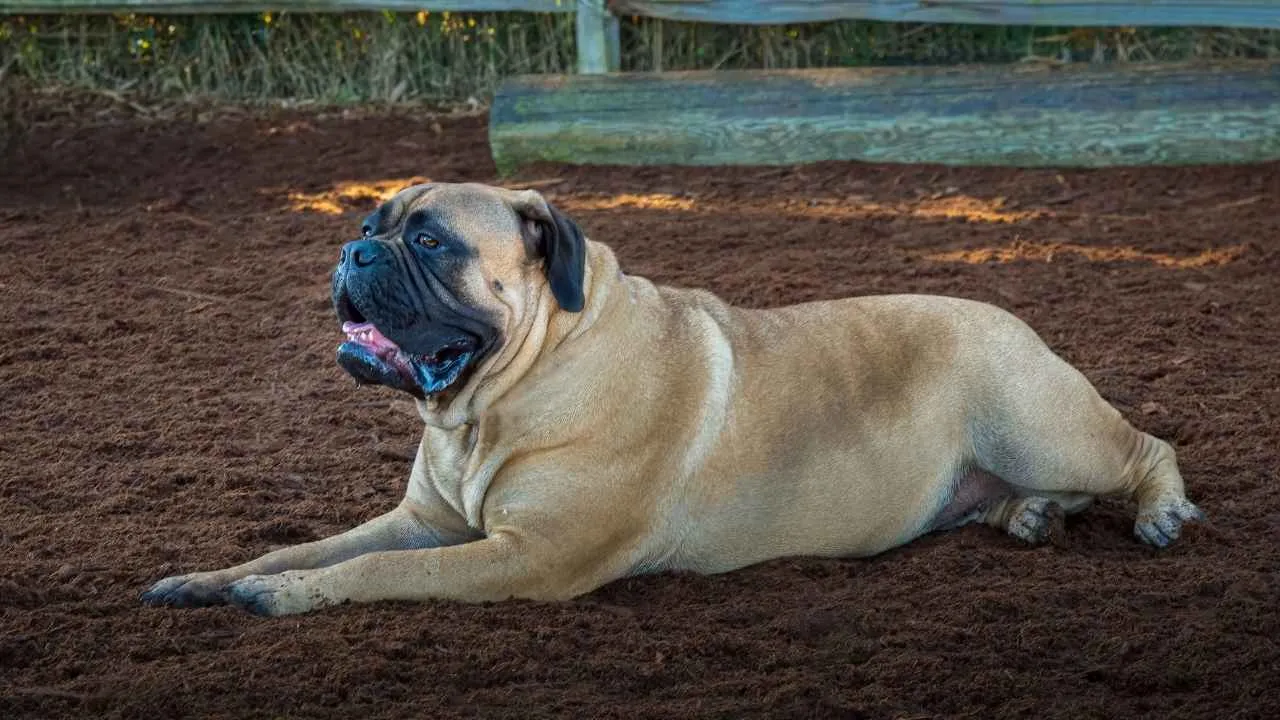
The Bullmastiff was bred to guard English estates and deter poachers, combining the size of the Mastiff with the speed of the Bulldog. The result is a calm, powerful, and highly effective guard dog.
They are incredibly loyal and typically quiet, using their sheer presence to ward off intruders. Bullmastiffs rely more on body-blocking than barking or biting—they will literally stand between you and a perceived threat.
This breed is independent but trainable. With consistent leadership and early socialization, they are dependable protectors and gentle family members.

They don’t need excessive exercise but do require mental stimulation and clear boundaries. They’re better suited to homes with a yard and confident owners.
Fun Fact:
Bullmastiffs were known as the “Gamekeeper’s Night Dog” in 19th-century England, bred to silently track and tackle poachers.
6. Giant Schnauzer
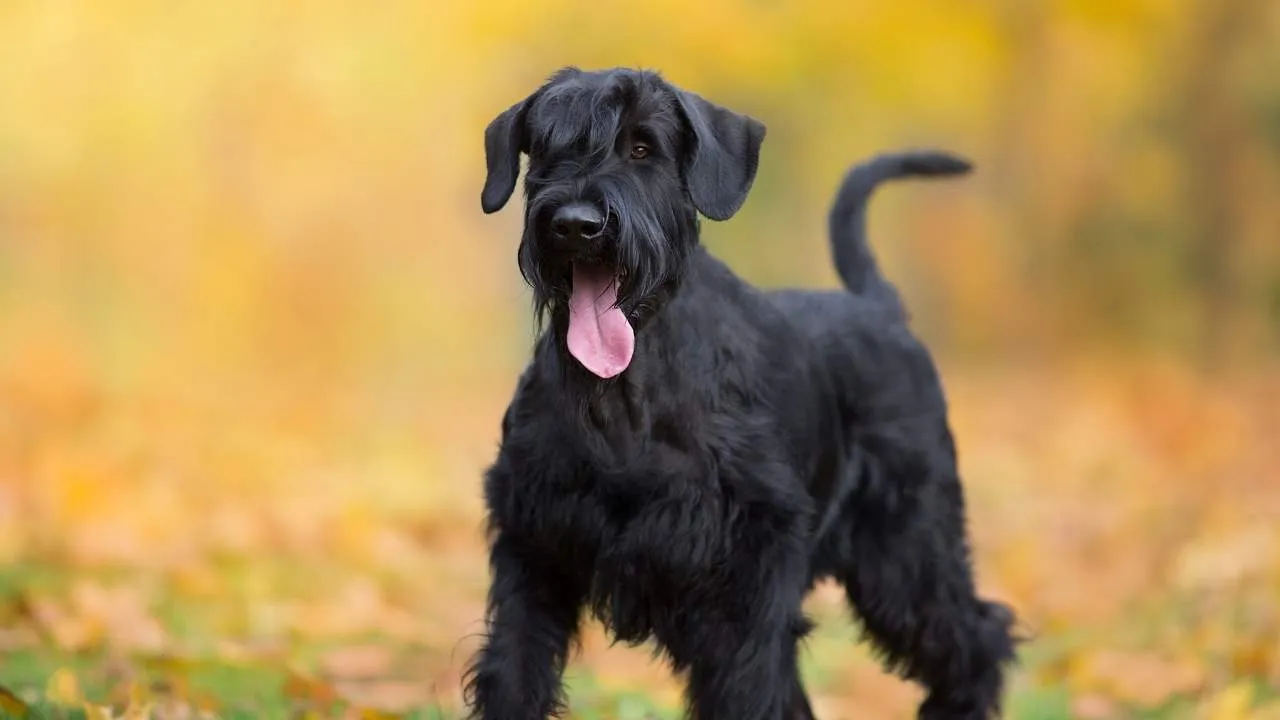
The Giant Schnauzer is the largest of the Schnauzer family and was originally bred to drive cattle and guard breweries and farms in Germany. With their imposing appearance and keen intelligence, they make excellent protective companions.
They are naturally suspicious of strangers and fiercely devoted to their family. Giant Schnauzers don’t just bark at threats—they react with confidence and focus, which makes them one of the more serious working breeds.
This breed is highly trainable but requires structure, discipline, and early socialization. Without mental stimulation, their strong-willed nature can lead to dominant behavior or destructive habits.
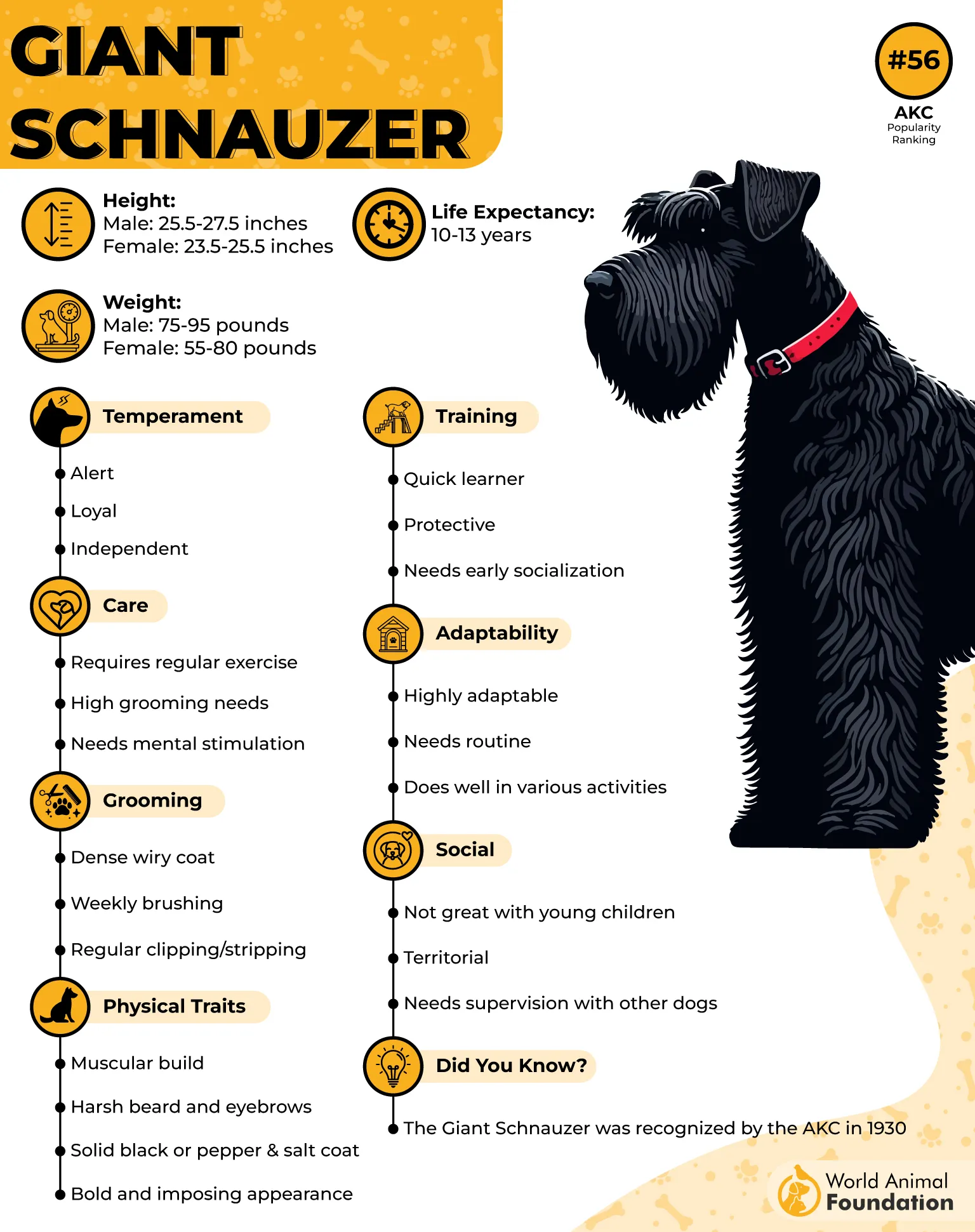
They’re also extremely energetic. As large, active dogs, they need daily exercise, interactive play, and ongoing training to stay balanced. Obedience work, agility, or protection sports are great outlets for their drive.
Fun Fact:
During World War I and World War II, Giant Schnauzers were used by the German military for guarding supply depots and working alongside soldiers on the front lines.
7. Rhodesian Ridgeback
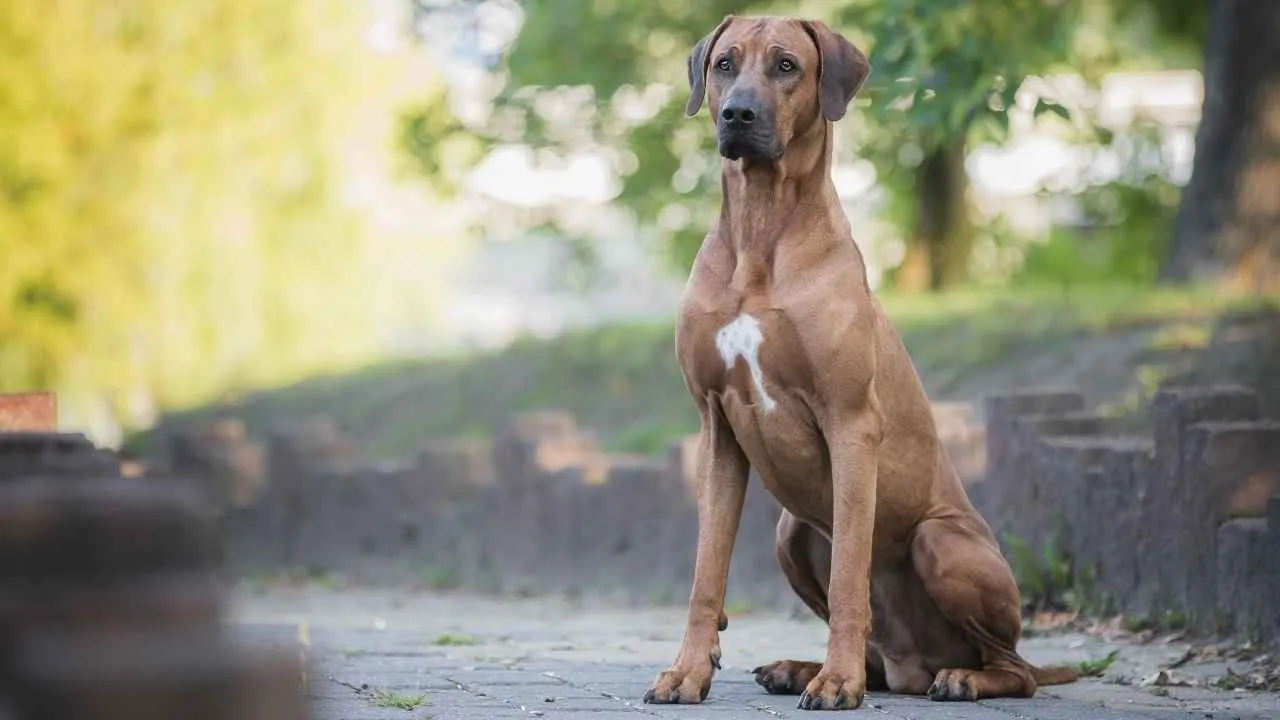
The Rhodesian Ridgeback was developed in southern Africa to hunt lions—yes, actual lions—and protect homesteads from predators. While they are calm and gentle at home, they’re born with a protective instinct that makes them natural guardians.
They are independent thinkers and tend to assess threats quietly before reacting. Ridgebacks are not prone to excessive barking, preferring instead to confront issues head-on if necessary.
They are affectionate with their family and gentle with children, but can be aloof or suspicious with strangers. Early and consistent socialization is crucial to help them distinguish friend from foe.
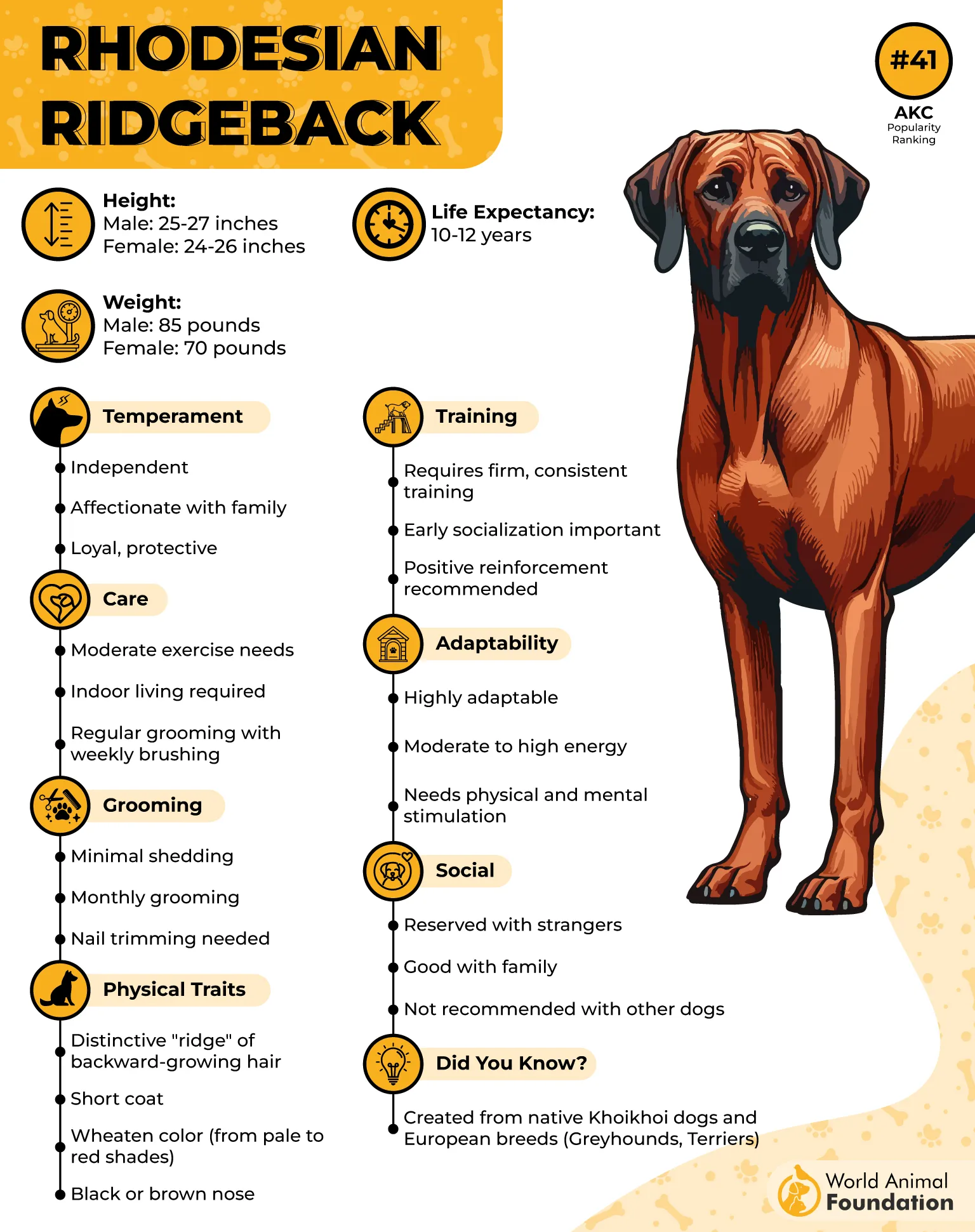
Training should be firm, patient, and positive. Ridgebacks are smart but not eager to please, so they need a handler who respects their independence while maintaining control.
Fun Fact:
The signature “ridge” on a Ridgeback’s back is formed by hair growing in the opposite direction, and was once a key requirement for the breed’s hunting success.
8. Cane Corso

The Cane Corso is a powerful, confident Italian mastiff originally bred for guarding property and hunting wild boar. Today, they’re known for their imposing presence and instinctive ability to protect.
Corsos are naturally territorial and thrive when given structure and purpose. They’re not aggressive without reason, but they’re quick to respond to threats with authority and power.
WebMD states that these dogs form strong bonds with their family and are very affectionate at home. They’re especially protective of children, but must be socialized early to prevent overprotectiveness or reactivity.

Training is non-negotiable with this breed. Cane Corsos are intelligent and loyal, but can be dominant if not properly guided. They do best with experienced owners who understand working dogs.
Fun Fact:
The name “Cane Corso” comes from the Latin “cohors,” meaning “guardian” or “protector,” perfectly summing up the breed’s purpose.
9. Tibetan Mastiff
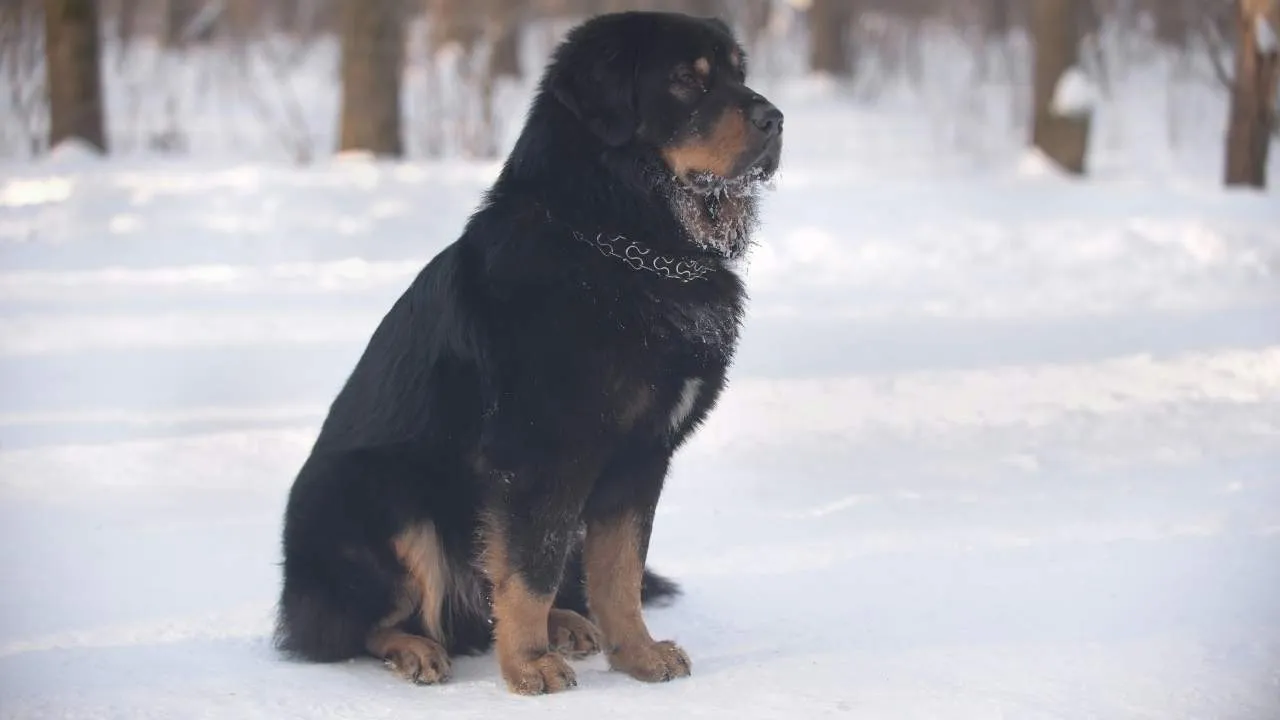
Majestic and mysterious, the Tibetan Mastiff was bred to protect livestock and monasteries high in the Himalayas. With a thick double coat and strong-willed personality, this dog is a born guardian.
They are highly territorial and naturally distrustful of strangers, especially at night. Tibetan Mastiffs don’t bark unnecessarily, but when they do, it’s deep and booming enough to stop anyone in their tracks.
They are independent and stubborn, which can make training a slow and steady process. Early socialization and consistent boundaries are key to developing trust and respect with this breed.

While deeply loyal to their family, they’re not typically cuddly or eager to please. They do best with confident, patient owners who can handle their aloofness and dominant instincts.
Fun Fact:
In ancient Tibet, Tibetan Mastiffs were often released at night to roam freely and guard entire villages against predators or invaders.
10. Great Pyrenees
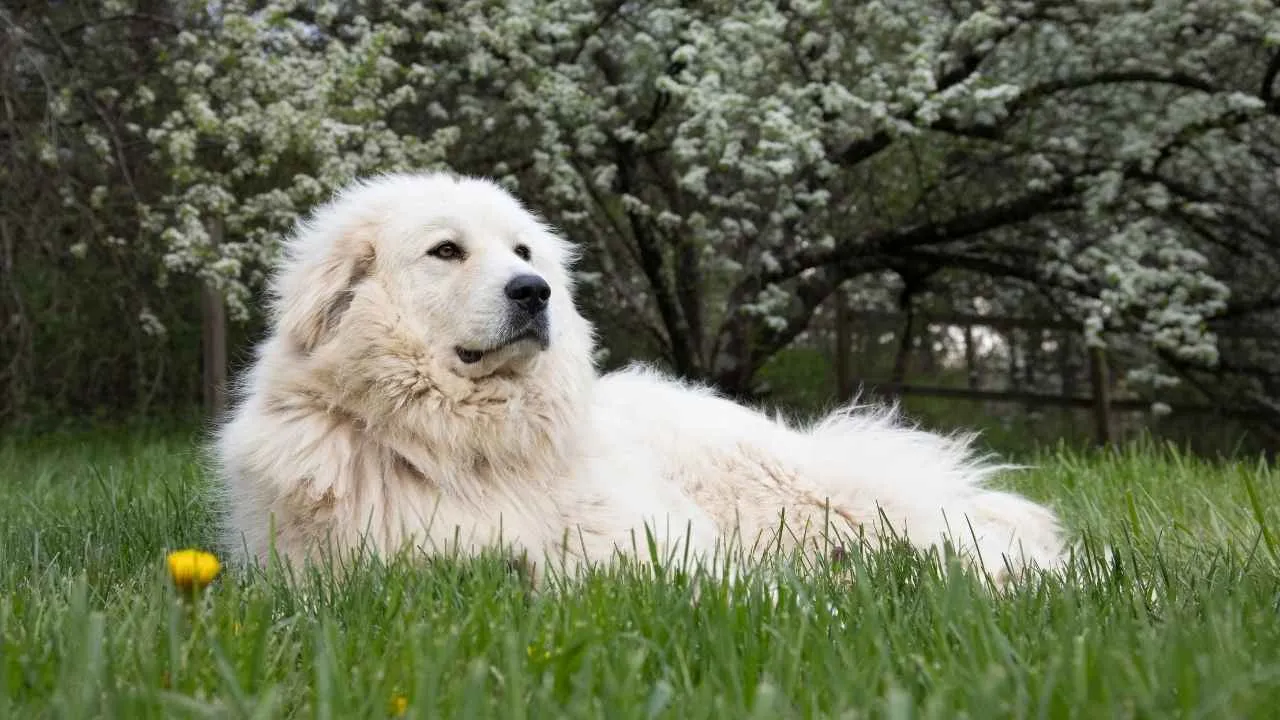
The Great Pyrenees is a gentle giant originally bred to protect flocks from wolves and bears in the Pyrenees Mountains. Calm and composed, this breed combines a mellow temperament with an unwavering protective instinct.
They’re naturally nocturnal and often alert and active at night, when predators are more likely to strike. Their massive size and thick coat give them a regal appearance that’s as intimidating as it is beautiful.
Great Pyrenees are fiercely loyal but soft-mannered with their families. They’re especially good with children and other animals when raised with them, making them excellent family guardians.
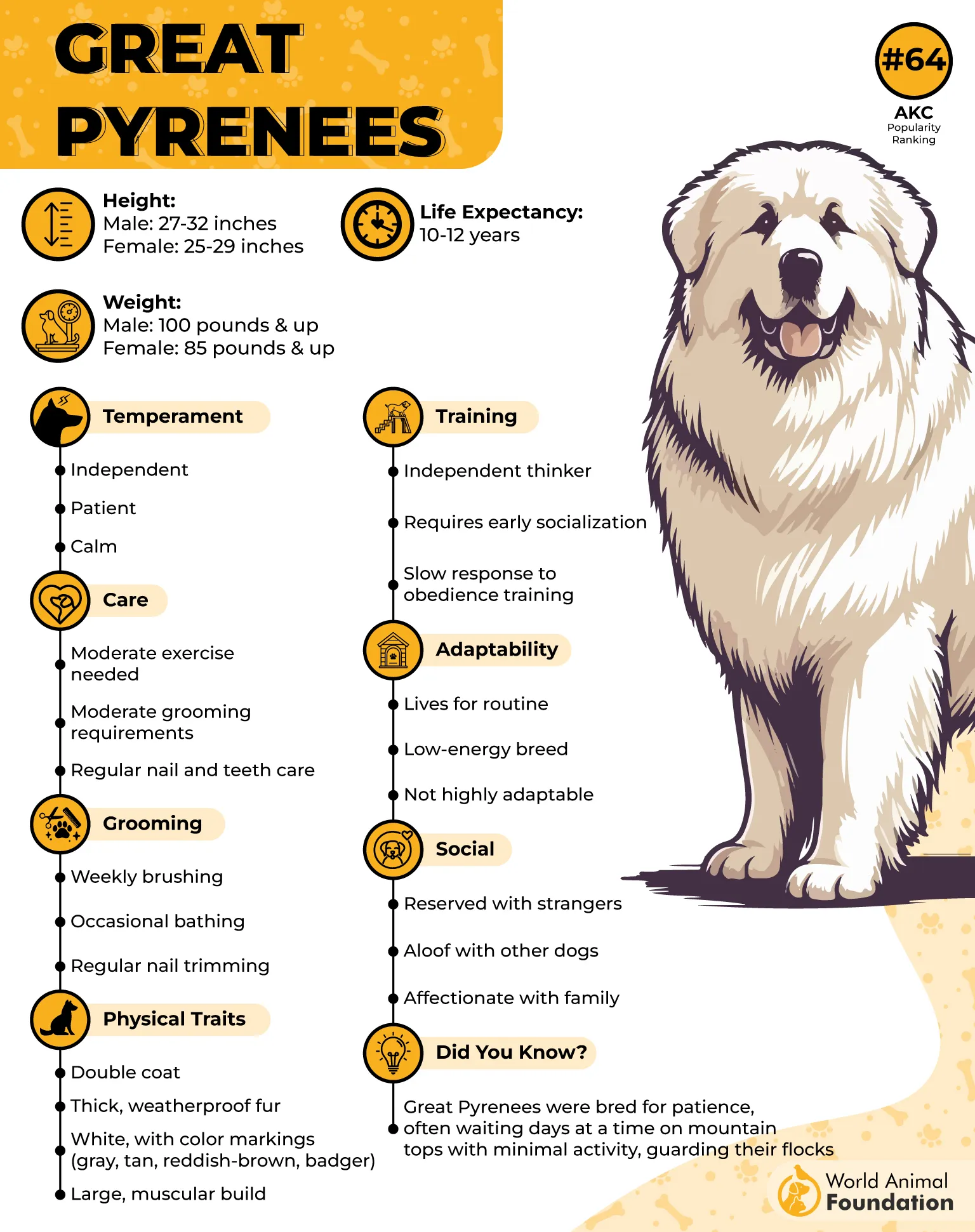
They can be independent thinkers and require a patient owner for guard dog training. Because they were bred to work alone, they don’t always look to humans for direction, but they’re smart enough to figure things out.
Fun Fact:
In France, the Great Pyrenees was declared the official “Royal Dog of France” by King Louis XIV in the 17th century.
Conclusion
When it comes to guard dog breeds, the right mix of instinct, intelligence, and training is key. Many of the smartest breeds—like the Doberman, Cane Corso, and even the Bernese Mountain Dog—make excellent guard dogs when raised with care and structure.
To raise a protective guard dog, it’s essential to start with basic obedience training and build on it using positive reinforcement obedience training. This ensures they know when to act and how to respond calmly in a family environment.
While these dogs are known for protection, many also become loving family pets, bonding deeply with kids and coexisting peacefully with other pets. With proper obedience training, even the toughest dog can become both a great guard dog and a loyal companion.
Whether you’re looking for the best guard dog for security or companionship, the foundation is always the same: early training, consistency, and trust.


